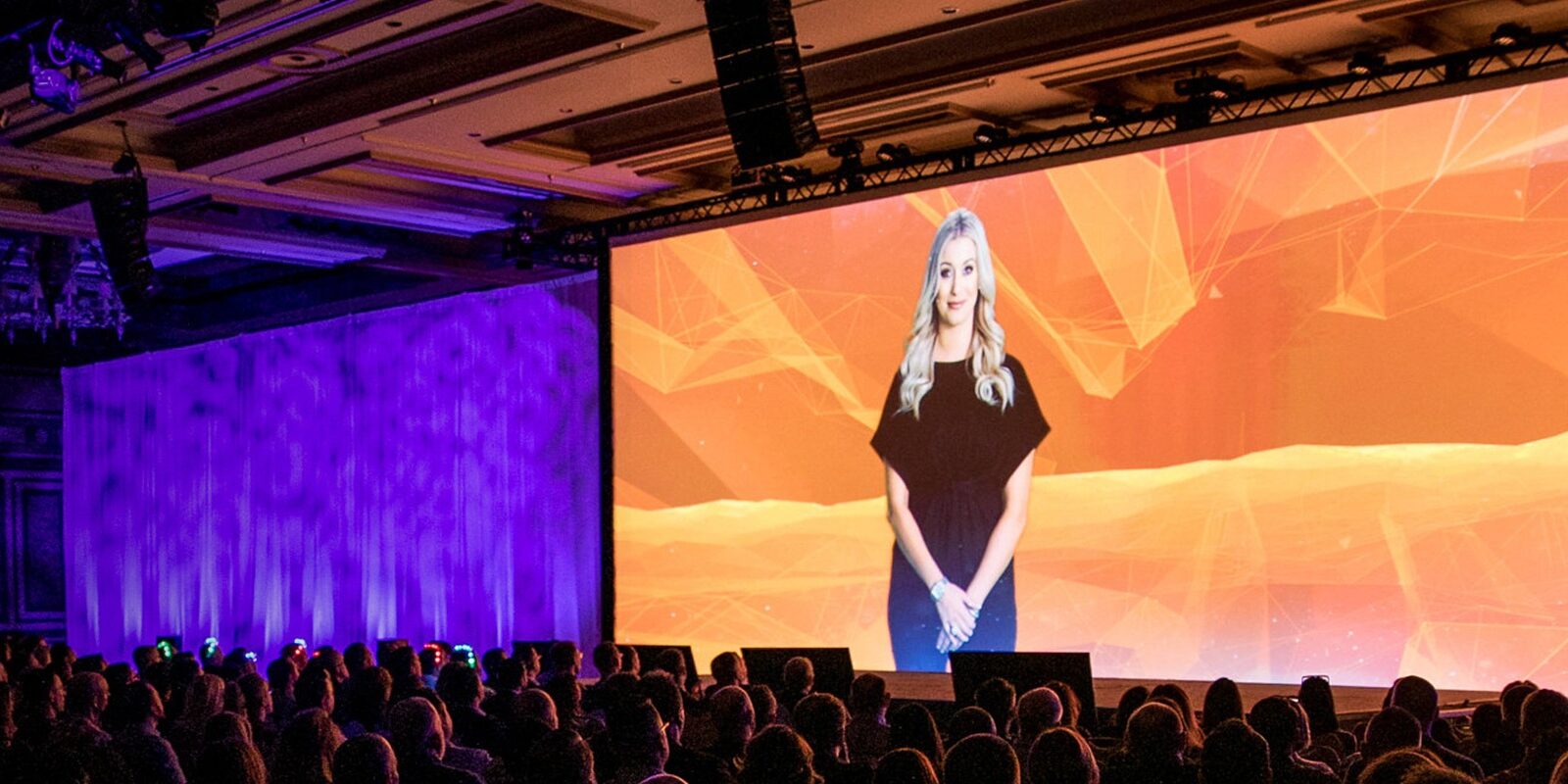Mastering Color Precision in Light Emitting Diode Wall Adjustment for Stunning Graphic Presentations
Mastering Color Precision in Light Emitting Diode Wall Adjustment for Stunning Graphic Presentations
Blog Article
Hue accuracy is crucial for creating breathtaking graphic displays, particularly when employing LED screens. These massive screens are frequently found in places like concert venues, athletic arenas, and advertising billboards. When the hues on an LED screen are not accurate, the images can look dull or distorted, which can impact the total impression for audiences. Therefore, perfecting color precision in LED screen calibration is crucial for attaining lively and true-to-life images.
The first step in ensuring color accuracy is comprehending how LED technology works. LEDs, or light-producing diodes, generate light in multiple shades by mixing red, green, and blue (RGB) light. Each pixel on an LED screen is made up of these three hues. When tuned properly, the mix of RGB can produce a wide range of colors. However, if one color is too intense or too faint, it can distort the entire display. This is why calibration is necessary to balance the colors and reach the intended graphic effect.
Calibration entails modifying the configurations of the LED wall to ensure that the hues displayed correspond the original material as nearby as feasible. This process typically includes using specific software and hardware instruments. Technicians frequently use color measurement devices, such as spectrophotometers, to examine the colors being shown. By comparing the measured hues to standard color standards, they can make exact adjustments. This guarantees that the colors are not only lively but also consistent across the whole screen.
Another crucial aspect of color accuracy is understanding the environment in which the LED screen is employed. Elements such as ambient light can considerably affect how colors look. For instance, a brightly illuminated room may wash out hues, making them look not as lively. To mitigate this, technicians may adjust the luminosity and contrast configurations of the LED wall. Additionally, they may select particular color profiles that are more suited for various lighting conditions. This flexibility helps maintain color accuracy irrespective of the viewing surroundings.
Finally, regular maintenance and re-tuning try this web-site are crucial for keeping an LED screen looking its finest. Over time, the performance of LEDs can change due to elements like aging and temperature fluctuations. Frequent inspections and adjustments can help guarantee that the hues remain correct and lively. By investing time in appropriate tuning and maintenance, venues can provide viewers with breathtaking graphic displays that improve their total experience. Mastering color accuracy in LED screen calibration is not just a technical job; it is an art that contributes to the wonder of graphic storytelling.